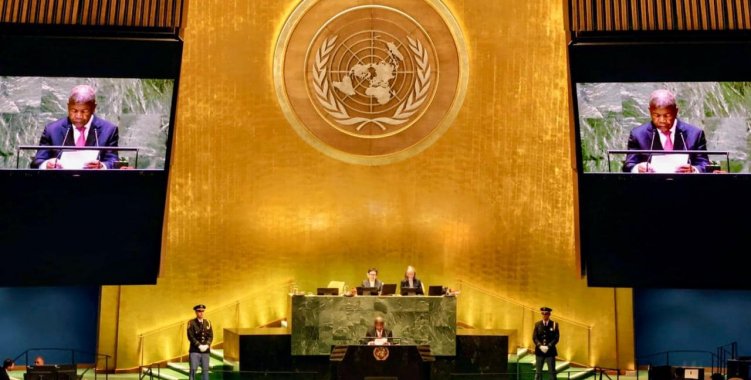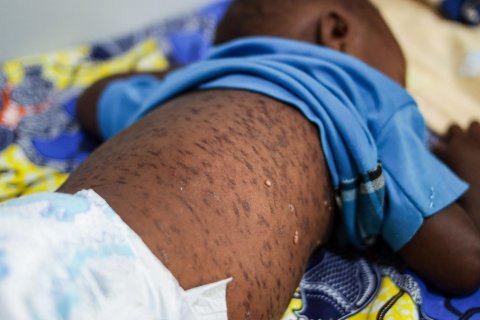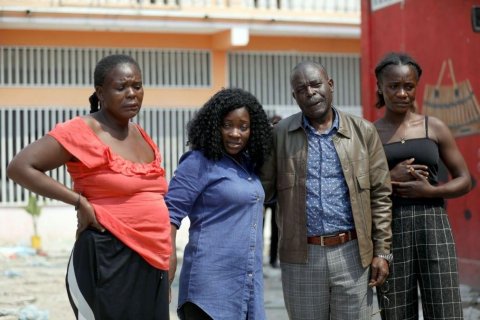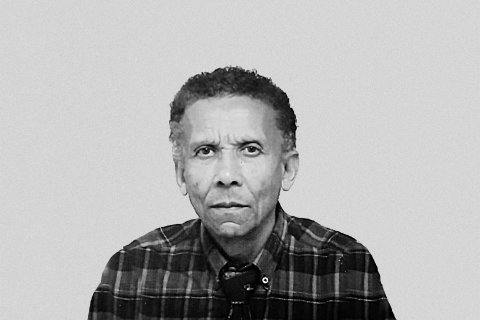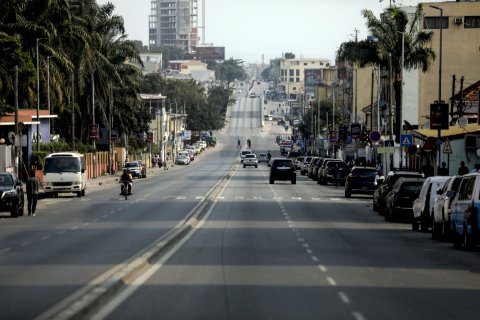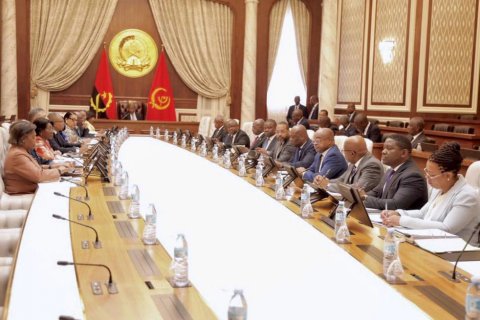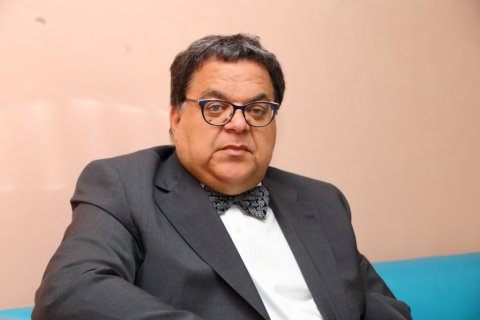The head of state, who was speaking at the general debate of the 79th session of the United Nations General Assembly, highlighted the "construction of hydroelectric dams and photovoltaic parks, which already represent 67 percent of the country's energy matrix".
In addition to the more than 6500 megawatts of electricity currently produced by the country, the President of the Republic – quoted in a statement from CIPRA, to which VerAngola had access – revealed that the Caculo Cabaça hydroelectric dam is being built, with the capacity to produce more than 2000 megawatts, and also added that construction will soon begin on "the largest photovoltaic park in the country, with financing of 1.5 billion US dollars from the American Eximbank".
The head of state explained that this investment will supply, "off the grid, a considerable number of locations" in the provinces of Huíla, Cunene, Namibe and Cuando Cubango.
According to the President, with these projects underway, the biggest focus at the moment is on "public investment or public-private partnerships to build high and medium voltage transmission lines to the east and south of the country, with a view to interconnection with the SADC grid, to the east, via Zambia, and to the south, via Namibia".
Speaking to interested investors, João Lourenço invited them to "sell the electricity produced in Angola to customers in the mining areas" of the Democratic Republic of Congo (DRC) and Zambia, as well as "to SADC countries in general, with a focus on South Africa, the largest industrial and domestic consumer".
On the occasion, he also mentioned a set of initiatives that are under development, which are part of "the effort to ensure the implementation of the international climate agenda, highlighting measures aimed at mitigating and adapting to climate change", the statement states.
Furthermore, the President of the Republic also highlighted the public investment that the country has been making in the health sector, through the construction, "at a rapid pace, of hospital infrastructures at the three levels of care, equipped and with a training and recruitment programme for professionals for the National Health System".

